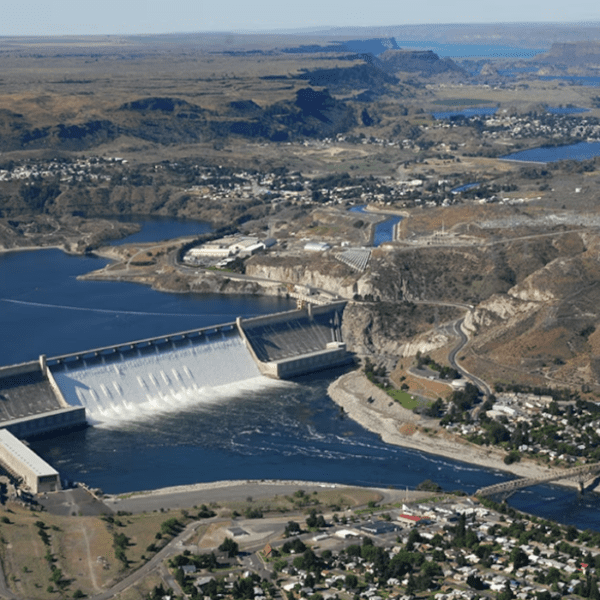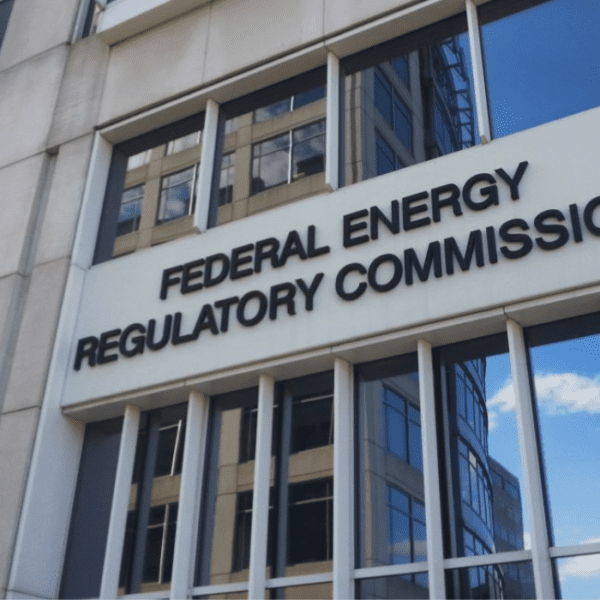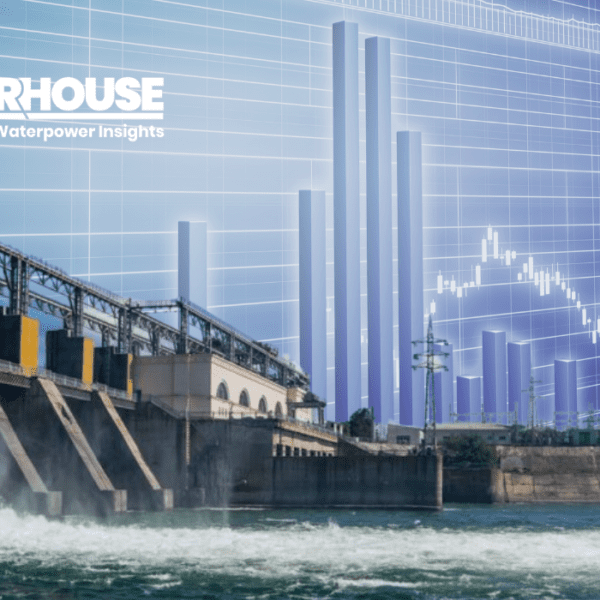Sponsored Content
The North American Electric Reliability Corporation (NERC) develops and enforces a series of standards to assure the effective and efficient reduction of risks to the reliability and security of the transmission grid. This risk reduction is mandatory for all entities that own or manage facilities that are part of the U.S and Canadian electric power grid. Since the power system blackout in 2003, NERC has continued to issue new reliability standards to ensure generation assets are appropriately modeled and adequately protected and systems are designed to prevent such an event from reoccurring.
These new and changing standards can be complex for utilities and generation owners to learn, implement and comply with by the prescribed dates. The utility market is also rapidly evolving in new digital technologies, data collection and digitalization, and an increase in Distributed Energy Resources (DER) adoption.
Compounding these issues, utilities are faced with a changing workforce that includes a decreasing number of experienced engineers at the facility and systems levels. These industry and standard trends may require you to increase third-party engineering partners to meet critical deadlines, such as NERC compliance.
NERC compliance study process
A study for NERC compliance goes beyond data and modeling. It’s about understanding the requirements, understanding the system, and evaluating if the system meets the requirements. Here are five key steps to completing a NERC compliance study with a third-party engineering partner:
- Evaluate the available data. Includes all previous site PRC study reports, existing power systems equipment documentation and protective relay setting information. Confirm assumptions for unknown data per standard requirements.
- Perform the study. Complete all necessary calculations and system modeling as required for compliance.
- Issue compliance reports for each site. Adhere to NERC standard compliance requirements.
- Create detailed reports and recommendations for non-compliant results. Provide detailed explanations and recommendations to achieve compliance.
- Issue final reports. Include all calculation and modeling results, as well as further recommendations for system and protection optimization.
In addition to assisting with this NERC compliance study process, the engineering partner should help you understand the standards and develop a plan to ensure ongoing, proactive data collection for the compliance process. This will reduce modeling assumptions and simplify the process for future compliance reporting.
Case in point: Modeling and assessments completed for five generating facilities
The power generation utility required NERC compliance studies for 12 units at five generating facilities, including gas and hydro turbine generation for the following Protection and Control (PRC) standards:
| Standard | Title | Intent | Effective date |
| PRC-019-2 | Coordination of Generator Unit or Plant Capabilities, Voltage Regulating Controls and Protection | Coordinate generator units with their associated voltage regulating controls, limit functions, equipment capabilities and protective settings. | 07/01/2016 |
| PRC-024-2 | Generator Frequency and Voltage Protective Relay Settings | Ensure generator owners set their generator protective relays such that generating units remain connected during defined frequency and voltage excursions. | 07/01/2018 |
| PRC-025-2 | Generator Relay Loadability | Set load-responsive protective relays associated with generation facilities at a level to prevent unnecessary tripping of generators during a system disturbance for conditions that do not pose a risk of damage to the associated equipment. | 01/01/2018 |
| PRC-027-1 | Coordination of Protection Systems for Performance During Faults | Coordinate generator unit protection systems with the Bulk Electric System (BES) elements, such that all protection systems operate in the intended sequence during faults. | 04/01/2021 |
Eaton engineering services completed the data collection, modeling and system evaluation per each NERC compliance standard’s requirements. To meet the firm NERC deadline, Eaton proactively discussed the data requirements and modeling assumptions with the utility and collected the data that was not readily available. The upfront communication allowed for an abbreviated schedule. A comprehensive list of recommendations for each PRC standard for each site was provided to support compliance. Additionally, the provided reports outlined data, and gave additional modeling or equipment recommendations to optimize protection or system functionality.
Trust in Eaton
Eaton’s engineers offer a wide range of power system engineering services, combining utility experience with state-of-the-art modeling technologies to assist you with addressing new and emerging grid challenges. We are heavily involved in industry activities, conducting seminars and workshops for utilities and industrial groups worldwide and participating in technical societies such as IEEE, CIGRÉ and international standards committees. This involvement in the electrical industry is an important component of Eaton’s complete solution as it allows us to stay up-to-date with the most relevant challenges and develop the means to deal with them to provide the best asset management.
Learn more about the NERC compliance studies HERE.











